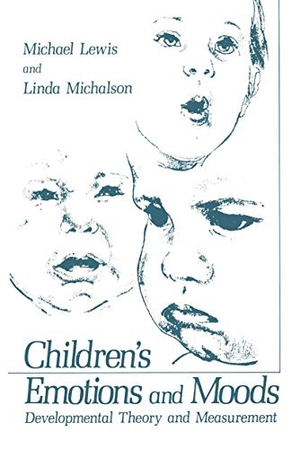Für statistische Zwecke und um bestmögliche Funktionalität zu bieten, speichert diese Website Cookies auf Ihrem Gerät. Das Speichern von Cookies kann in den Browser-Einstellungen deaktiviert werden. Wenn Sie die Website weiter nutzen, stimmen Sie der Verwendung von Cookies zu.
Cookie akzeptieren
Children¿s Emotions and Moods
- Springer US
- 2011
- Taschenbuch
- 492 Seiten
- ISBN 9781461336228
No one would deny the proposition that in order to understand human behavior and development, one must understand "feelings. " The in tere st in emotions is enduring. Yet, within the discipline of psychology, the study of feelings and emotions has been somewhat less than re spectable, a stepchild to the fields of cognitive science and psycho linguistics. PerusaI of the language acquisition literature reveals a greater concem among psychologists for the acquisition of prepositions than for terms that convey feelings. Without question, issues related to emo tion, its development, and its measurement have been neglected in the research literature until quite recently. From a developmental perspective,
Mehr
Weniger
zzgl. Versand
in Kürze